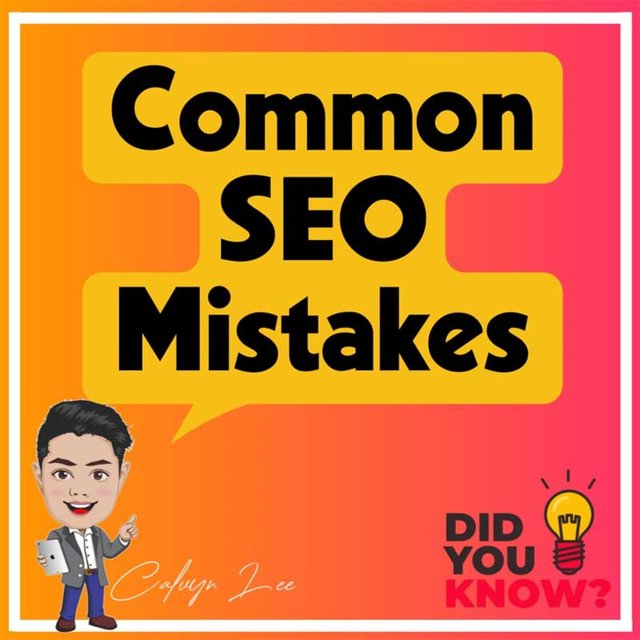Avoid These Common SEO Mistakes to Drive Better Results in 2025
In today’s competitive digital landscape, optimizing your website effectively is crucial for visibility and growth. However, even experienced marketers can fall into some common SEO traps that diminish their efforts. Here’s a straightforward guide to the most frequent SEO mistakes and how to prevent them to help you maximize your online presence.
Using Non-Descriptive Anchor Text
Anchor texts like “click here” offer no context for search engines or users. Instead, use clear anchor phrases like “explore SEO best practices” that improve both usability and SEO relevance.
Duplicate Content Confusion
Duplicate content—often created by copy-pasting product info or publishing similar blog topics—can confuse search engines and negatively affect rankings. Unique, original content is essential to stand out.
Ignoring Page Speed
Site speed is a critical SEO factor and user experience element. Compress images, implement caching, and use CDNs to ensure your site loads quickly across all devices.
Keyword Stuffing Penalties
Stuffing pages with keywords feels unnatural and can lead to search engine penalties. Focus on creating high-quality content that naturally incorporates relevant keywords.
Neglecting Meta Titles and Descriptions
Your meta tags are often the first thing users see in search results. Avoid generic or missing meta information; craft compelling titles and descriptions tailored to each page’s content.
Poor URL Structure
URLs should be simple and descriptive. Replace complex strings like yourdomain.com/page?id=2345 with clear, keyword-rich URLs like yourdomain.com/seo-tips.
Missing Alt Attributes for Images
Search engines cannot interpret images without alt text. Including descriptive alt attributes improves SEO and accessibility, benefiting all users.
Lack of Internal Linking
Internal links help spread link equity and guide users through your site. Always link related content to improve engagement and aid crawling.
No External References
Linking to authoritative external sites builds credibility and helps search engines trust your content. Use credible sources like industry leaders or official documentation.
Failing to Update Content
SEO best practices evolve constantly. Keeping content up-to-date with recent data and trends is essential to maintain relevance and rankings.
Overlooking Mobile Optimization
With mobile searches dominating internet traffic, responsive design is no longer optional. Ensure your site performs well on smartphones and tablets to retain users and rank well.
Unoptimized Images
Large, uncompressed images slow down loading and hurt SEO. Optimize images in size and filename to enhance speed and search performance.
Publishing Low-Quality Content
Content must provide genuine value. Thin, superficial articles won’t engage users or satisfy search algorithms. Invest in thorough, well-researched content.
Skipping Keyword Research
Without proper keyword research, your content may overlook terms customers use to find you. Use data-driven insights to guide your SEO strategy.
Overlooking Local SEO
For businesses serving local customers, optimizing for local searches and managing your Google Business Profile is critical to capturing nearby clients.
Acquiring Irrelevant Backlinks
Backlinks from unrelated or suspicious sites can damage your SEO. Focus on earning links from reputable, relevant publishers in your industry.
Poor User Experience
Complex navigation, intrusive pop-ups, or hard-to-read layouts increase bounce rates and negatively affect rankings. Prioritize a smooth, intuitive user journey.
Broken Internal Links
Dead links frustrate visitors and waste SEO potential. Consistently audit your site to fix or redirect broken links help maintain site health and authority.
Avoiding these common SEO mistakes can dramatically increase your website’s performance and online impact. For a deeper dive into mastering SEO and practical strategies that work, consider enrolling in my comprehensive SEO course designed to equip you with actionable knowledge and tactics.
